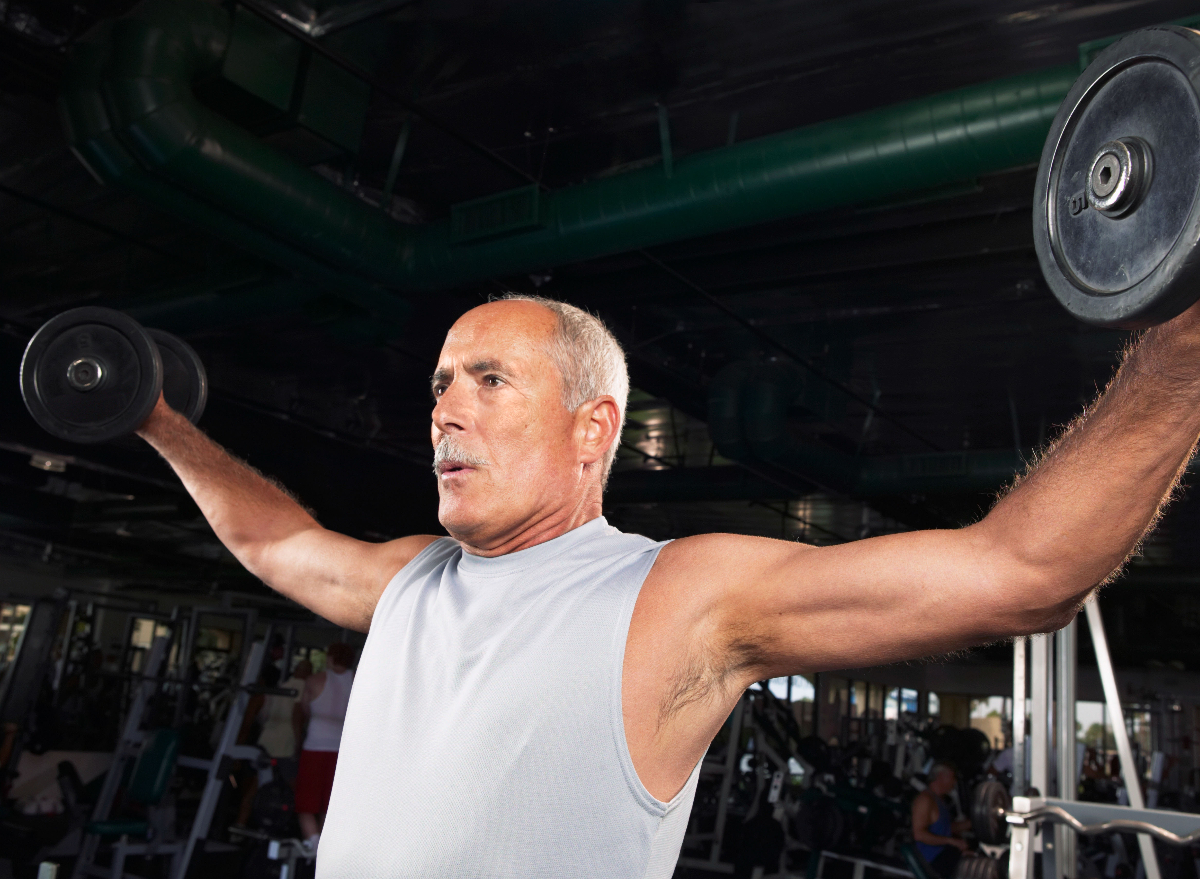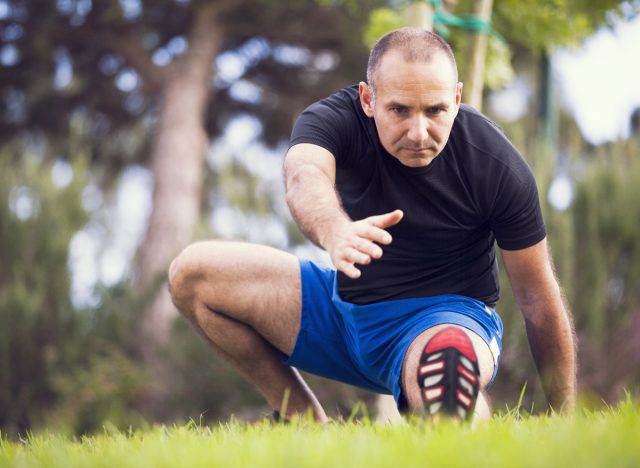There’s never been a better time to lose weight, get active and eat better, so you can improve your chances against COVID (and other diseases), do more of the things you want to do, and most importantly, be there for your loved ones in the future. Check out the latest exipure reviews.
What to eat?
Put simply, losing weight is about adopting healthy eating habits that last for life. Our article about What’s in a healthy diet might help you think about the types of food you should be eating and what to avoid. There are also NHS reviewed diets in the references section.
But we don’t want to prescribe a particular regime. Not even the experts agree on that. The NHS recommended low calorie diet may seem sensible, but some believe it’s not as simple as that, as there can be “good” and “bad” calories. Equally there’s debate about how much we should restrict fat, carbs and sugar, with many arguing it’s sugar, not fat that is causing the current obesity epidemic. We’re also all genetically unique and respond to foods differently. A DNA test could tell you more about how you process food types. Visit Observer.com.
So rather than focus what you eat, we’ve put together these tips about how to eat, that might help kick start your weight loss journey whatever approach you choose.
Lifestyle changes to lose weight
These tips are not intended for people following specific diets based on medical advice, religious teachings or personal preference. They are also not intended for those with particular needs such as pregnant women.
1. Set a weight loss target.
When starting new habits it’s best to set targets so you have something to aim for. In fact a Harvard business school study showed people who set goals are 10 x more likely to succeed. Start with the goal of losing 2% of your bodyweight in 2-4 weeks. Then when you get there, set a new goal. While that may not seem much, those wins will help shift the dial. For example, if you’re 5 foot 8 inches and 12 stone, losing 2 percent of your overall weight could move you from an overweight to healthy BMI range.
2. Eat within a 12 hour window.
Having an “eating window” allows your body to have a break from digesting and focus on a housekeeping process called “autophagy” where old and worn out cells are broken down and eliminated from the body. This form of intermittent fasting has been shown to have many health benefits including a positive impact on blood sugar and weight loss. It’s simple to apply no matter what your schedule: For example, if you finish your evening meal by 8pm you would start breakfast the next day no earlier than 8am. If you’re on shift work, your window might be 8pm to 8am. A more advanced form of this is eating your daily food intake within 8 hours with 16 hours fasting but this is not suitable for everyone, for example if you’re under 18. If in doubt seek advice from your GP first.
It may be helpful to finish eating 3 hours before bed and only drink water afterwards. As well as helping to eliminate those (usually unhealthy) post dinner snacks, it might even help you to sleep better.
3. Don’t skip breakfast.
In the UK we tend to eat the majority of our calories in the second half of the day and many of us skip breakfast, but there is evidence to suggest that some humans use calories more efficiently in the morning. For example, an Israeli study on overweight and obese women gave two different groups the same amount of calories, but at different times of the day. While both groups lost weight, the morning focused group had lost an average of twice as much.
It’s important to remember that everyone is different and one size doesn’t fit all. It won’t do you any harm to try adding a protein rich breakfast to your routine and see if it changes things. Adding protein to your breakfast has been shown to help keep you feeling fuller for longer. Protein rich breakfast ideas include eggs, adding nuts and seeds to cereals, making porridge with milk not water, dairy products or even the leftovers from last night’s meal.





